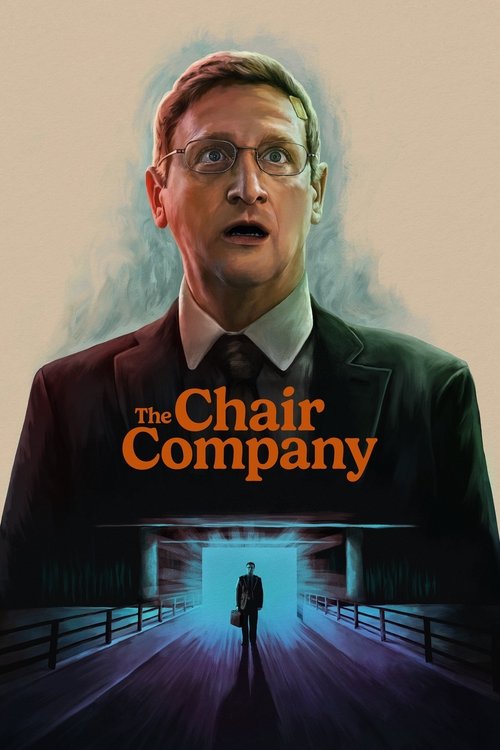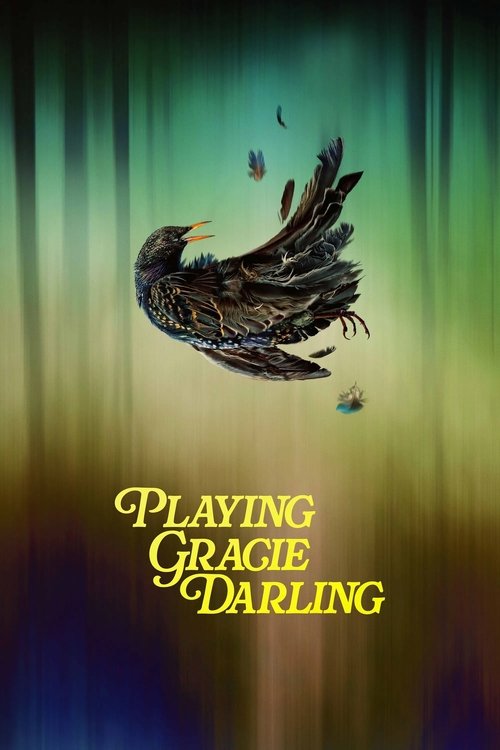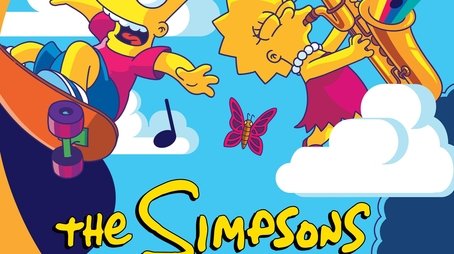
Ask Your Own Question
What is the plot?
The episode begins with the TARDIS materializing on a remote island in the 22nd century. The Doctor, Amy Pond, and Rory Williams step out and are greeted by a desolate landscape. They soon discover a nearby factory that processes a substance called "the Flesh," which is capable of creating living duplicates of people. The Doctor is intrigued by the technology and decides to investigate further.
As they approach the factory, they encounter a group of workers who are visibly distressed. The workers, led by a man named Buzzer, explain that they have been experiencing strange occurrences and that some of their colleagues have gone missing. The Doctor learns that the Flesh is used to create Gangers, which are living copies of the workers. The workers express their concerns about the Gangers, fearing they may be dangerous.
The Doctor, Amy, and Rory are invited inside the factory, where they meet the rest of the crew: Jennifer, a young woman who seems particularly anxious, and a few others. The atmosphere is tense, and the Doctor senses that something is off. He begins to ask questions about the Gangers and the process of creating them. The workers reveal that the Gangers are not just mindless copies; they have their own consciousness and emotions.
As the Doctor continues to investigate, an accident occurs in the factory, causing a power surge. This surge activates the Gangers, who begin to emerge from their pods. The Doctor realizes that the Gangers are now sentient and capable of independent thought. Tensions rise as the workers and their Gangers confront each other, leading to a chaotic standoff.
In the midst of the chaos, Jennifer, who has been acting increasingly erratic, is revealed to be a Ganger herself. She struggles with her identity and the fear of being rejected by the humans. The Doctor tries to mediate the situation, advocating for understanding between the two groups. However, the workers are frightened and distrustful of their Gangers, leading to a confrontation.
As the situation escalates, a fight breaks out between the workers and their Gangers. The Doctor attempts to intervene, but the conflict intensifies. Buzzer, feeling threatened, attacks one of the Gangers, which leads to further violence. The Doctor realizes that they need to find a way to communicate and resolve the conflict before it spirals out of control.
During the fight, Jennifer's emotional turmoil becomes evident. She grapples with her dual identity and the fear of being seen as a monster. The Doctor, recognizing her struggle, tries to reach out to her, but she is overwhelmed by the chaos around her. The episode ends on a cliffhanger, with the factory in disarray and both the workers and Gangers facing an uncertain future. The Doctor, Amy, and Rory are left to ponder the implications of the Flesh and the nature of identity as they prepare for the next phase of the conflict.
What is the ending?
At the end of "The Rebel Flesh," the Doctor and his companions find themselves in a dire situation as the conflict between the humans and their flesh duplicates escalates. The episode concludes with the Doctor realizing that the flesh duplicates, known as "Gangers," are sentient beings. The episode ends on a cliffhanger, with the Doctor and his team trapped in a dangerous environment, and the fate of the characters left uncertain.
As the episode progresses towards its conclusion, the tension builds within the atmospheric setting of the acid mine. The Doctor, Amy, Rory, and the crew of the mining facility are caught in a web of confusion and fear as they grapple with the implications of the Gangers, who are created from a substance called "the Flesh."
Scene by scene, the narrative unfolds:
The Doctor, having learned that the Gangers are not mere copies but sentient beings with their own thoughts and feelings, confronts the ethical dilemma of their existence. He is determined to find a way to resolve the conflict without resorting to violence. The atmosphere is thick with tension as the humans, led by the foreman, are increasingly distrustful of their duplicates, fearing for their lives.
As the episode progresses, the Doctor attempts to mediate between the humans and their Gangers. He understands that the Gangers, particularly Jennifer, who has developed a strong emotional connection to her human counterpart, are struggling for their right to exist. The Doctor's compassion for the Gangers is evident, and he tries to convince the humans to see them as equals.
However, the situation escalates when a series of misunderstandings and violent confrontations occur. The humans, feeling threatened, begin to act out of fear, leading to a tragic confrontation. The Doctor's attempts to reason with them are met with resistance, and the tension culminates in a chaotic scene where the Gangers fight back in self-defense.
In the final moments of the episode, the Doctor and his companions are trapped in the mine as the environment becomes increasingly hostile. The Gangers, now fully aware of their own existence and rights, are left to confront the humans who created them. The episode ends with a sense of foreboding, as the Doctor realizes that the conflict is far from over, and the fate of both the humans and the Gangers hangs in the balance.
The main characters face uncertain futures: the Doctor is left grappling with the moral implications of the situation, Amy and Rory are caught in the turmoil of the conflict, and the Gangers, particularly Jennifer, are left to navigate their newfound identities amidst the chaos. The episode closes on a cliffhanger, leaving viewers eager to see how the conflict will resolve in the next installment.
Is there a post-credit scene?
In "The Rebel Flesh," there is no post-credit scene. The episode concludes without any additional scenes or content after the credits roll. The focus remains on the narrative and character developments throughout the episode, leading to the cliffhanger that sets up the next part of the story. The tension and emotional stakes are left hanging as the Doctor, Amy, Rory, and the crew grapple with the implications of the events that have unfolded.
What is the significance of the Flesh in the episode?
The Flesh is a bio-organic substance that can create duplicates of living beings, known as Gangers. In 'The Rebel Flesh,' it serves as a central plot device, raising questions about identity, consciousness, and the ethical implications of using such technology.
How does the Doctor's relationship with the Ganger of himself evolve throughout the episode?
The Doctor's Ganger initially mirrors his personality and memories, leading to a complex interaction where the Doctor grapples with the implications of his own identity and the nature of the Ganger's existence. As the episode progresses, the Doctor begins to empathize with the Ganger, recognizing its sentience and struggle for autonomy.
What motivates the character of Jennifer to rebel against the humans?
Jennifer, a Ganger, experiences a profound awakening of her own consciousness and emotions, which drives her to rebel against the humans who created her. Her desire for freedom and recognition of her own identity as a sentient being fuels her actions, leading to a dramatic confrontation.
How does the setting of the monastery contribute to the tension in the story?
The isolated and claustrophobic environment of the monastery creates a sense of unease and danger, amplifying the tension as the characters confront the unknown threats posed by the Gangers. The dark, atmospheric visuals of the crumbling structure enhance the feeling of entrapment and impending conflict.
What role does the character of Cleaves play in the conflict between humans and Gangers?
Cleaves, the leader of the human team, embodies the fear and mistrust towards the Gangers. Her pragmatic approach to survival often clashes with the emerging empathy for the Gangers, particularly as she struggles to maintain control over the situation, revealing her internal conflict and the moral dilemmas faced by the humans.
Is this family friendly?
"The Rebel Flesh" is generally considered family-friendly, but it does contain some elements that may be unsettling for younger viewers or sensitive individuals. Here are a few potentially objectionable aspects:
-
Violence and Threats: There are scenes that involve physical confrontations and threats, which may be intense for some viewers. The tension escalates as characters face danger from the environment and each other.
-
Body Horror: The episode explores themes of identity and duplication, leading to moments that could be perceived as body horror. The concept of "flesh" being used to create duplicates can be unsettling.
-
Fear and Suspense: The atmosphere is filled with suspense and fear, particularly as characters confront their doppelgängers. This may create anxiety for younger viewers.
-
Emotional Conflict: Characters experience significant emotional turmoil, including fear, betrayal, and confusion about their identities, which may be heavy themes for some children.
-
Dark Themes: The episode delves into moral questions about what it means to be human and the implications of creating life, which could be thought-provoking but also distressing for sensitive viewers.
Overall, while the episode is designed for a family audience, these elements may require parental guidance for younger viewers.











